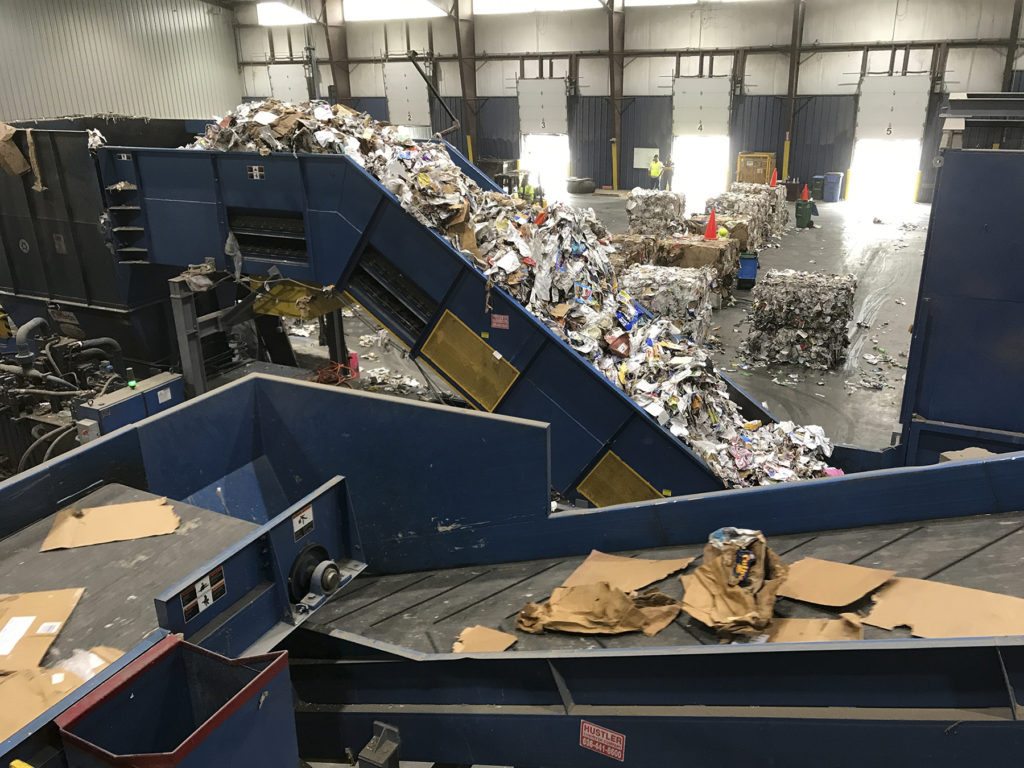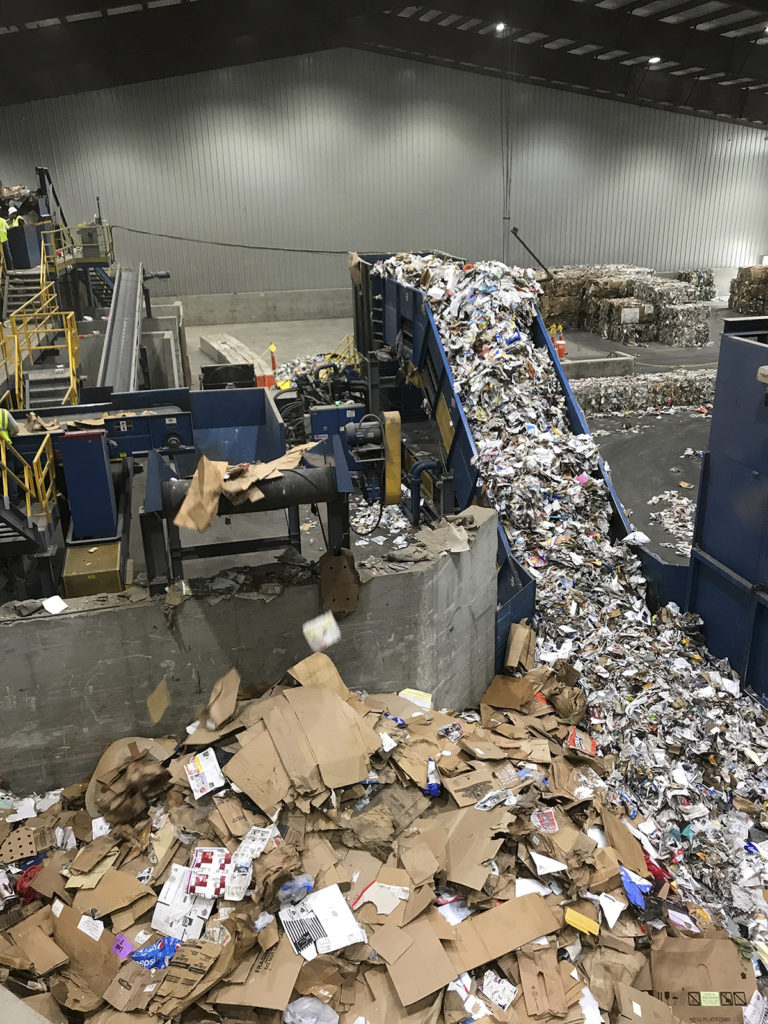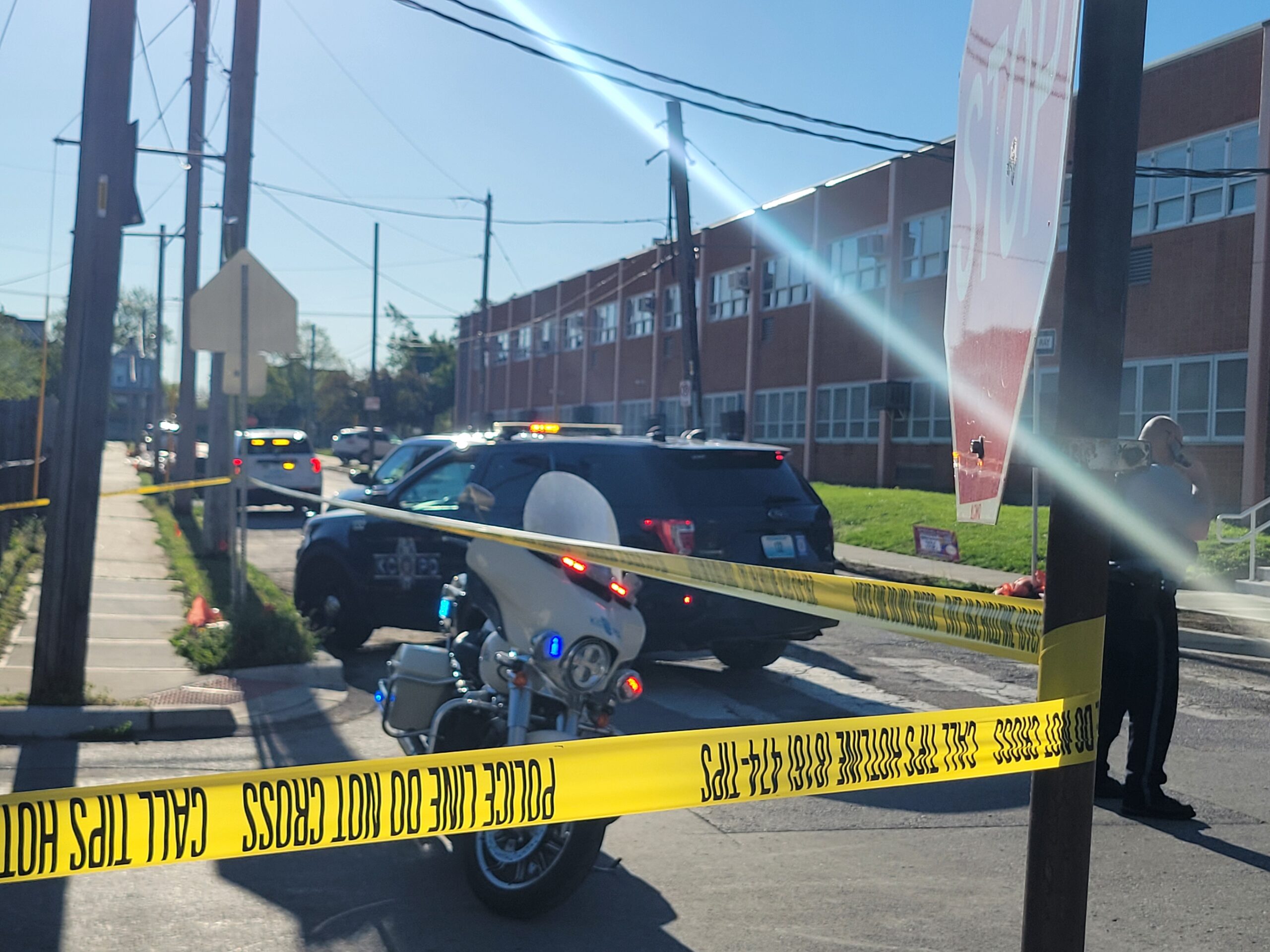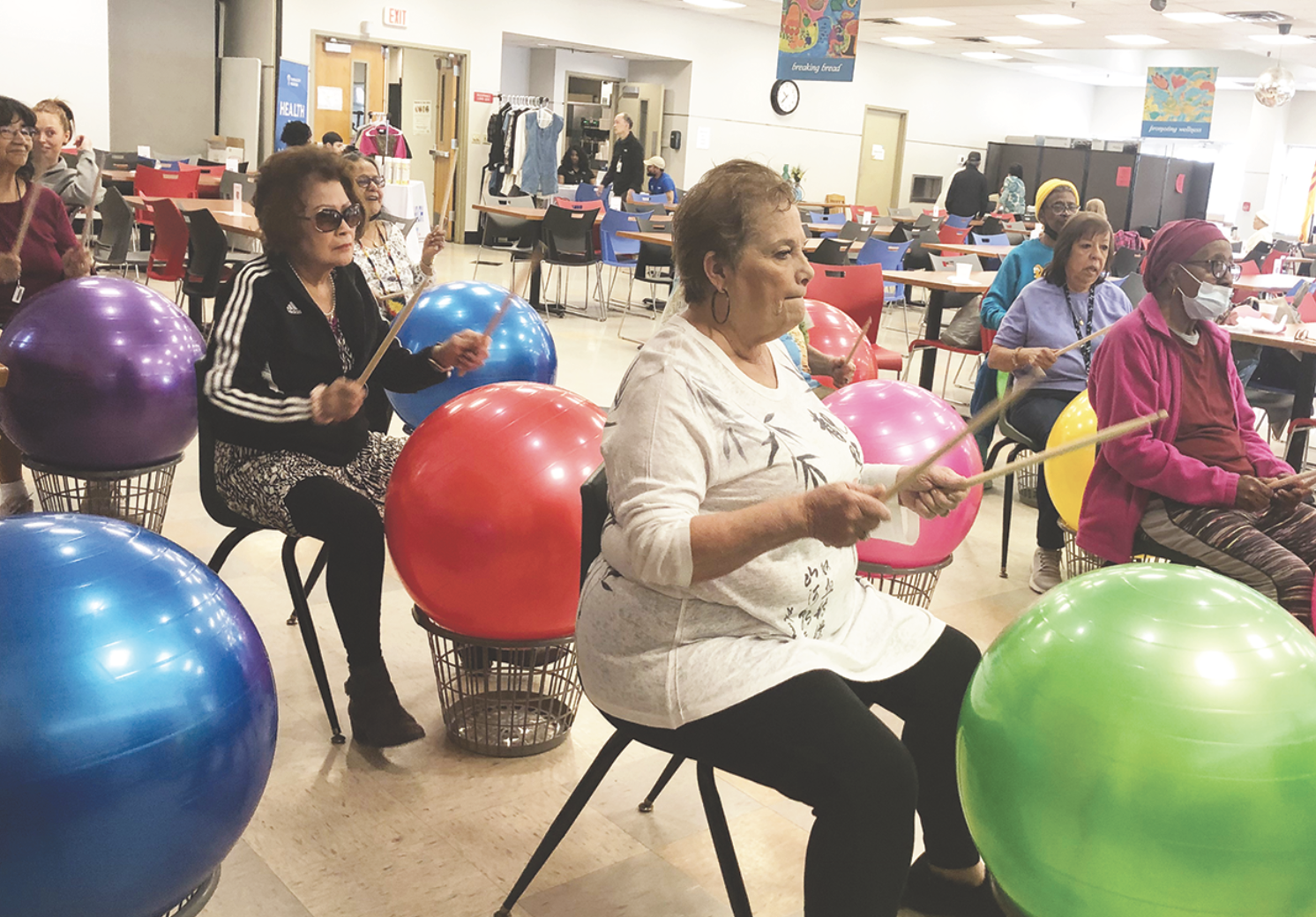By Abby Cambiano
Northeast News
Picture this: You’ve had a busy day so you come home, order a pizza, and crack open a cold one. After a satisfying meal, you clean up—but you have a decision to make. Trash it or recycle it? You might think the right choice is to toss both the pizza box and the glass bottle in the recycling bin.
But you’re wrong.
The Material Recovery Facility (22820 MO HWY 291) in Harrisonville, Missouri collects recyclables from the metro area and surrounding counties. Residential curbside pickup and commercial recycling end up here to be sifted through, sorted and shipped off.
Marty Oxman, site manager, said he wants to remind residents not to recycle glass, plastic bags or anything with food residue, such as greasy pizza boxes, in their curbside pickup bins.
While safety measures are taken and maintenance is regular, glass can still be dangerous and damaging to machines. Oxman said that there are other options for recycling materials that the city does not pick up. Ripple Glass has many drop-off locations across the metro, and some grocery stores recycle plastic bags.
“The one thing about KCMO residents is that we do recycle,” Marleen Leonce, senior environmental officer for Kansas City, Missouri, said. “We’re avid recyclers. However, some of us might be a little too enthusiastic about our recycling, our love for recycling. Consequently we put stuff in the bins that is not recyclable.”
Oxman, who has been at the Harrisonville Material Recovery Facility since October 2016, said he has been in the industry practically his whole life.
“I want to make the world a little better place for my kids and my kids’ kids,” Oxman said.
The facility recycles 5,300 tons of material per month, from 150,000 Kansas City households in 2016.
Of that, more than 60 percent is generated by the commercial sector, while about two percent come from area drop off sites throughout the city. The remaining 38 percent comes from residential curbside collection.
The facility recycles paper, plastic, cardboard, steel and aluminum. However, 13.23 percent of the material they receive is non-recyclable and is considered residue. This high level of residue slows down the process and can be harmful to machines and workers.
“Citizens doing what they’re supposed to help us out,” Oxman said. “It’s not the back end residue that’s the problem; it’s the front end at the curb.”
Oxman said excessive residue wastes money and that cleanliness is really important in the facility. He said the main goal is “to keep human hands safe.” The facility will be adding an additional step to further separate residue from clean recycling later this week.
Fifty-two people are employed at the facility, and they work in two 9.5 hour shifts. The employees work along with the machines to sort the recycling by type, also removing residue. The pre-sorters have an “integral role” in the following process because they remove rigid plastics, cardboard and trash after the recyclables go through a drum feeder to break up the unwanted glass. Because the conveyor belt moves fast, the pre-sorters have to have a keen eye and a quick hand.
“If we just take the time to be more intentional and figure out what are the acceptable materials on the curb, we can do a better job recycling,” Leonce said.
A machine separates 3D from 2D material, and then the 3D material goes through optics to get sorted. A magnet removes steel, while aluminum is removed by an eddy current on a belt. After that, the separated commodities are formed into bales and sold to companies to reuse, both domestically and internationally.




















